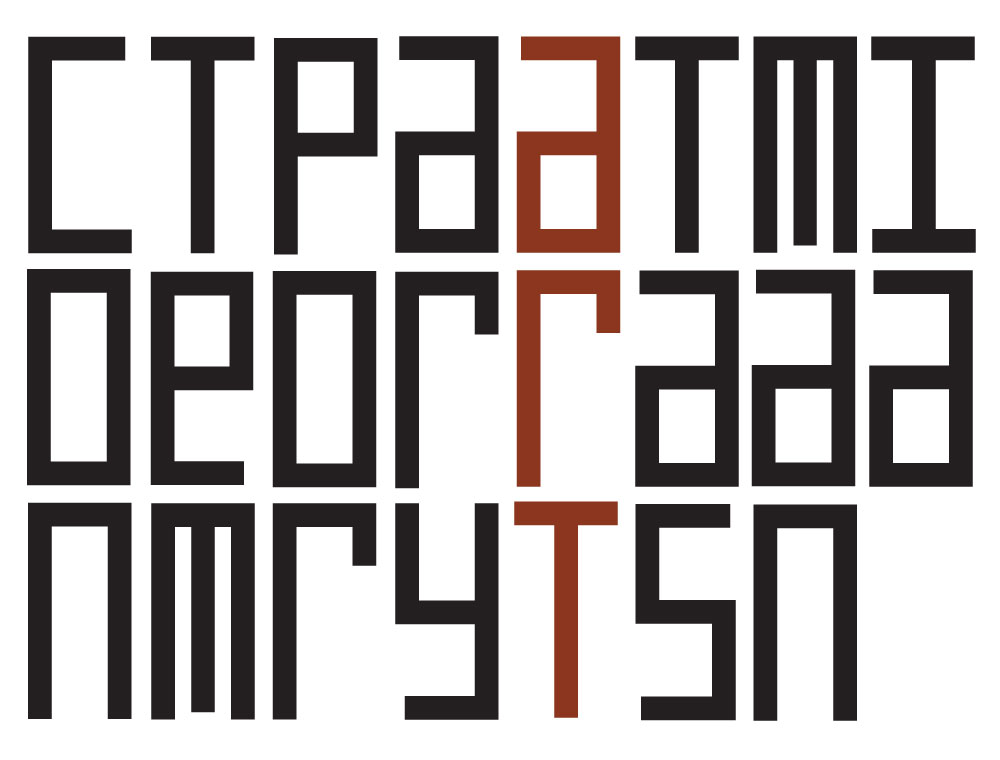Listening Within the Opacities of Our Times and Places revisits a 2019 composition by the artist, During the War, There Once Was a Niwen Horipi in My Father’s Village, which deals with Momiyama’s encounter with, and subsequent adoption by, her Ainu ‘father’, and her sense of the profound preciousness of his voice, and of the Ainu language alive inside him.
–
A conversation is more than words; a reproduction is more than a copy.
Upon entering the main gallery space I am greeted visually and sonically by a lone cellist, at least the projection of a cellist. She is soon joined by a trombonist and percussionist, all contributing to a tentative musical piece that shapes and forms in the darkness. In this cavernous space, the only other notable feature is a single spot lit circle in the centre of the gallery. The music moves on, overlaying and interweaving notes, slowly hinting at a wider melodic theme.
A change occurs and the piece expands into the gallery; musicians are now circling, stepping and exclaiming as they make their way around the entire space (via projection). Now the function of the spot lit disk of light becomes apparent as a focal point for the circling musicians, clearly articulating the performance. Once more we return to stillness, as the musicians slowly wind down their singular parts, bringing us to silence and where we began nineteen minutes ago.
So what to make of this? Momiyama’s works are situated within the community, the site specific and the intertextual; however in a world drowning in context it is refreshing to experience a piece that first and foremost relies on its formal qualities to engage. What context is offered, adds and augments to the tactile wonder of the piece, rather than distracts from the work. It reveals rather than occludes further layers of meaning and intrigue.
Occlude is a key word here, in title and in context; referring to Édouard Glissant’s notions of opacity within the other, colonised and the coloniser. If what Glissant makes of opacity is to be adhered to, it does beg the question; what is it that we are hearing? Opacity articulated with sound is an intriguing idea and in Glissant’s desire to hide and obscure, how does this translate to a sonic experience?
I agree with David Toop who notes that, ‘sound’s boundaries lack clarity, spreading in the air as they do or arriving from hidden places…its significance potentially vague, closer to perfume or smoke than the solidity of touching another person’. This makes for a proposition that embodies a fundamental tension of revelation and occlusion. It is a tension that Momiyama engages with in an act of mediumship, between voice and performance, as well as between her own personal connection to her Ainu ‘father’ and a broader desire to heal.
It brings to mind transposition; not simply in a musical sense but in a broader form. An exchange of one form for another, voice to instrument, presence to absence. Momiyama is literally transposing a human voice to instrument, language into music, yet there is something more fundamental about this work. There lurks within a transmutation of one form to another that reaches out to the audience regardless of their relation to the work. Mortality, loss and absence all peek out through this conversion of states as disparate strands of musical language occlude their genealogy, yet simultaneously function as a connective ecology of language.
Momiyama’s piece also unearths multiple ideas around mediation, particularly in terms of reproduction. At least in comparison to other highly mediated forms such as photography and film, there is very little writing on mediation in sound, aside from the basics. Coming from a background of field recording, I find it remarkable how little interest is shown both by practitioners and listeners to recording and reproduction as manipulated artefacts of time and place, removed, disgorged and often exploited. Momiyama notes this in her accompanying text, describing the violent idealism inherent in the wax cylinder recordings of Fanny Cochrane Smith. So how to record? Not just as a dissected slice of the sonic, but to record in the broadest sense of the word.
It is here that Glissant’s metaphoric use of fabric is most apt. Momiyama’s musical transmutation is certainly like fabric, held together tenuously, whilst deriving strength from its multiplicity and texture. This is a fabric that can protect us within its occlusion. So surely Momiyama and Glissant are right; these interwoven sounds bind us with tenuous threads of voice; haunted and enveloping us. Yet also obliquely revealing.
After sitting with the piece for some time, I felt (at least for me) a more compelling metaphor is that of a record spinning, returning and playing on to an empty room as Momiyama’s piece continues its circular journey in the dark. We come and go, engaging with a reproduction that relies on its artifice to bring forth the most compelling truth. But this record will stop, the needle will be lifted and the life it communicates is left to live on.
Metaphors aside, what resonates for me as I leave, is a sincere sense of respect. This form of engagement in which art uses its own constructed artifice and material reality is what art can and arguably should be. Momiyama’s work engages with a range of experience that demands this, rather than the often violent, politicised binary dialectic that plagues other forms of knowledge. This is what art is capable of and offers a profound form of union between artist and audience, past and present, life and death.
References:
Toop, D 2010, Sinister resonance: the mediumship of the listener, Continuum, New York, USA.
Glissant, E 1997, Poetics of relation, trans. Betsy Wing, University of Michigan Press, USA.1
Philip Sulidae is a sound artist and current PhD candidate at UTAS. He has recordings published on multiple labels including Line, Gruenrekorder and Dinzu Artefacts.
philipsulidae.com
